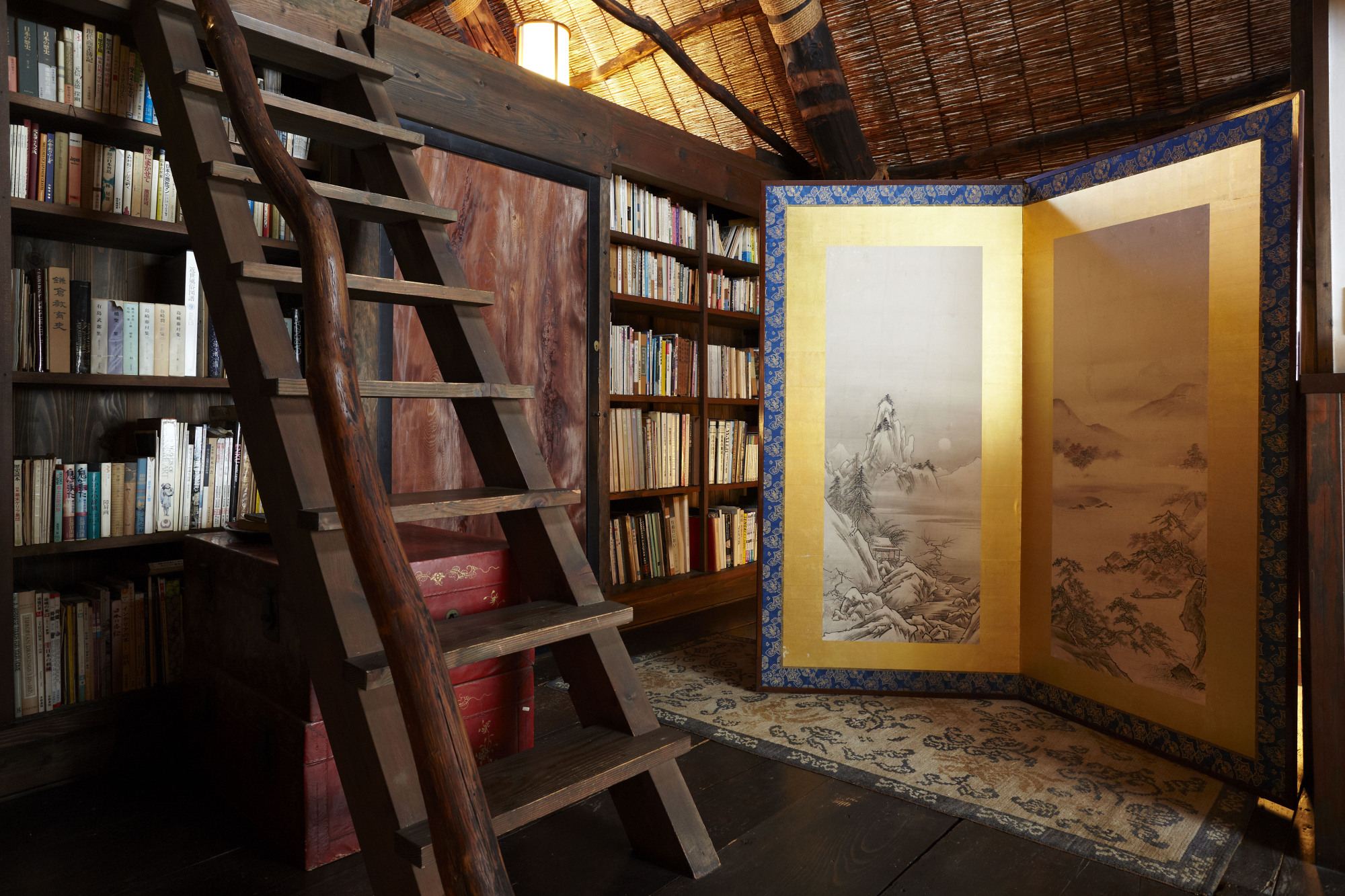The folding screen was once an indispensable item of furniture in Japan. Screens were set up for special occasions such as weddings; unfolding a single byōbu folding screen transformed an ordinary room into a magical space. Many of the screens in Yoshihiro Takishita's collection of more than 200 are by unnamed artists.
"I'm not concerned about the artist's name," he says. "Nor is it a case of the older the screen, the better. Edo, Meiji, Taisho, Showa ... byōbu from every era have something unique to offer. Each is suffused with the spirit of the artisans who made it. And every screen has been put to practical use while passed down from generation to generation."




